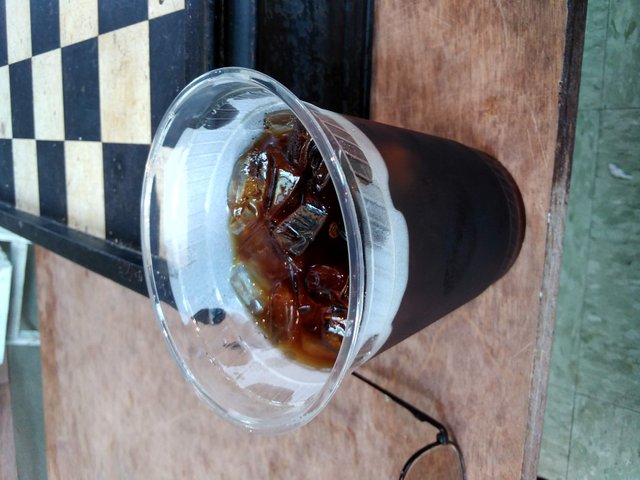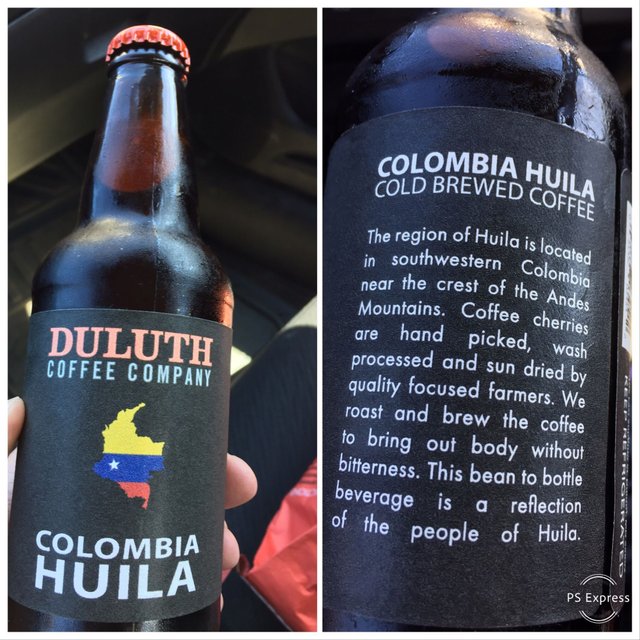
Cold brew is created by steeping medium-to-coarse ground coffee in room temperature water for 12 hours or longer and then filtering out the grounds for a clean cup without sediment. Unlike regular coffee, cold brew is never exposed to heat. Cold-brew uses time, rather than heat to extract the coffee’s oils, sugars, and caffeine.
Nearing the end of July and with temperatures hovering around the 80 (F) degree mark, it seemed like a great day to sample our local coffee shop’s Cold Brew or Cold Press coffee.
The definition at the beginning of the article is to give us some clarity or guidance regarding this beverage. When searching for either “cold brew” or “cold press” coffee, I found that they are the same thing. Only the terminology has been changed to protect the guilty or innocent.
The two local coffee shops have listed on their menu board, either “Cold Brew” or “Cold Press.” Again, don’t let the terminology confuse or fool you, they are the same thing.
Both offerings were served to me in nondescript plastic cups. One offering, however, did tout its eco-friendly nature. The one shop where I could see the preparation of my drink, water and ice were added to the cup prior to pouring over the cold brew. The other shop drink preparation is not visible to the consumer. I can only presume that it was done in the same manner.
Both cups were palatable to drink. Neither one was unique enough to make me want to have another cup right away.
Cold brew coffee has a long history going back to the 1600s in Kyoto, Japan. I had my first cups of cold brew while living and working in the Salt Lake City area some four to five years ago. I remember that the coffee served there was not tainted with ice and water.
I do know that one local eatery does offer bottled cold brew coffee from the Duluth Coffee Company. I’ve had their offering on two occasions and it is good and refreshing.
